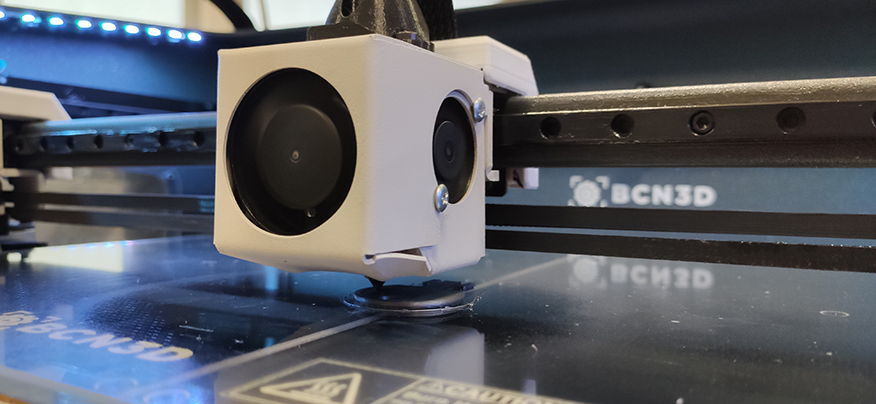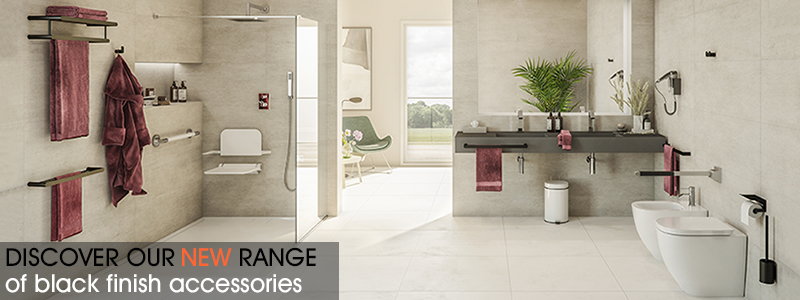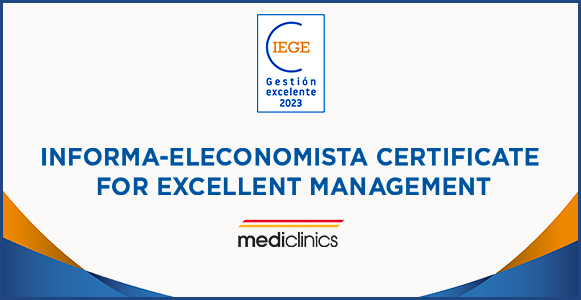How Mediclinics designs and develops a new product
We have a new project in mind, a new product that requires full development. What do we do? Where do we start? How much time do we have? Do we have the necessary information and resources to complete the project successfully? Shall we take the crystal ball out of the cupboard and leave it to fate?
Some people have idealised creative work; you put a large piece of paper on the table, pick up a high-quality pencil, close your eyes and your hand moves by some kind of superhuman inspiration, and within a few minutes the sketch magically appears. Others believe that creative work is not difficult at all, as they think that, with today's technological advances, everything consists of pressing a button and the computer generates the design; the F13 that we all look for on our keyboards and that does everything with just one 'click'. Well, I am sorry to disappoint you, because it is not a work of divine inspiration, and computers simply carry out the orders given by our heads and fingers. Yes, here too, we have to put our nose to the grindstone for some hard, albeit non-physical, work.
In this article, we will try to explain this product development process. A process, which is not a magic guide or a self-help book that gets all projects successfully completed at the specified cost and by the pre-set date. Again, I am sorry to disappoint you, as there are no magic formulas here. There is a team, there is work, there is experience and, with all of this and a bit of luck (which is not luck, but the sum of the above), we manage to bring the project to a successful conclusion.
Due to the wide range of products that we develop at the Mediclinics Technical Office, the systematic development of new products is not the same every time. The development of a hand drying machine is very different from the development of a hanger, a soap dispenser or a grab bar. In all developments, there are tasks that are common and others that are specific, depending on the type of project.
If we follow the scheme used in our blog post on BIM Projects, the development would be carried out as follows. It is worth pointing out that the order is not always the same as the one shown in this article (point 1D is the only one that is always in the same position in the project timeline).
1D Dimension - The Idea
In this case, the design idea can have different origins. It may be an idea that comes from the Technical Office department itself, or from our Marketing and Sales teams, either as a result of direct requests from our clients or generated by the Marketing-Sales team itself, based on its vision of current market trends in the field. These are not the only participants in the generation of this first idea, as any department or individual can contribute an idea that leads to the development of a new product or a new family of products.
A maxim at this stage of the project is that "no idea is absurd". All ideas are good and, even if they are not feasible or are outside the scope of our sector, they can give rise to other ideas that are of interest to the company.
In this first phase, we do not use any special programs, we simply use the most complex software that exists and that we have not yet been able to copy (fortunately); the software we have in our head.
2D Dimension - The Outline
Most of us, now in the 1D Dimension, do our "napkin sketches" when we talk about new product possibilities. This is a quick drawing on a piece of napkin paper that helps the whole team to better understand the idea.
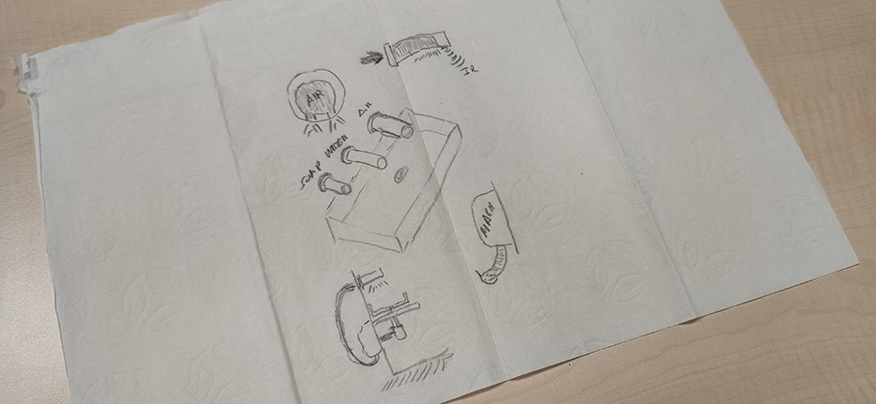
When an idea makes sense, starting from those preliminary sketches on paper, we move on to drawing directly in 3D. Today, 2D drawing is no longer used in many sectors. 3D CAD programs have evolved so much and are so intuitive that it pays to go straight to modelling in these types of programs and formats. In this regard, it is worth mentioning that Mediclinics uses the 3D software Solidworks.
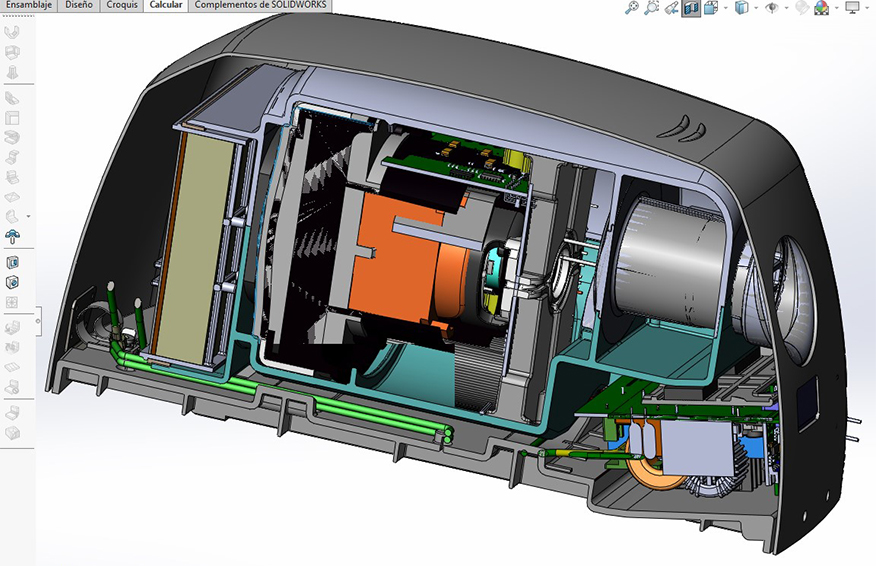
These first 3D sketches are not normally industrially manufacturable, but they are necessary to assess the feasibility of the project, both technically and economically. Today, these early designs can be used for rapid prototyping to get a physical idea of the product. At Mediclinics we have an FDM 3D printer, a Sigmax R19 from the company BCN3D. Having a physical part helps the different departments of the company to get a clear idea of the product, as there are departments that are very used to seeing the product directly on screen with CAD programs. However, even for us, having a physical part is often a must.
3D Dimension - The Manufacturable Model
If the project is taken forward, the first designs made in Solidworks evolve into an industrially manufacturable design. It is in this third phase that work begins with the different suppliers in order to be able to apply the necessary improvements to the product, with a view to its manufacture. It is also when the number of departments involved in development increases.
Further prototypes can be made during this phase, to check whether the improvements made to the design are valid. At this stage, prototypes are already being preliminarily tested. It should be noted in this respect that the cost of rapid prototyping has fallen so much that it is now normal to make up to ten prototypes during project development (a few years ago it was only feasible to make one or two).
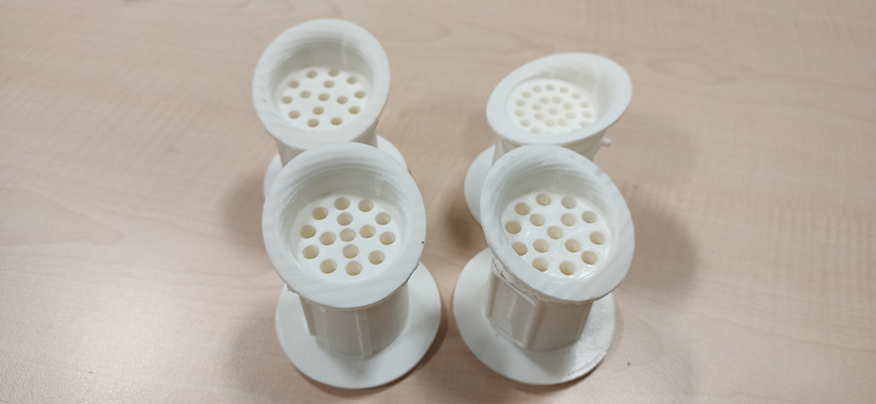
4D Dimension - Time Planning
Time planning, the fourth dimension that is difficult to predict and is intertwined with all the others. Einstein once said that time is relative. We are not going to contradict him, but we would like to add that, in industrial projects, it is even more relative, as they always get delayed.
It is worth mentioning that, although the final product launch date is taken into account from the 1D phase, defining the development time in advance is a very difficult task when a new project is set up. Especially if the project is very different from those developed so far. A project schedule is not static, it is a dynamic element that evolves along with the project.
In this case, we use simpler tools than those described in the BIM article, such as Microsoft Project or Excel.

5D Dimension - The Budget
The budget is another of those points that are intertwined with every phase of the project. Cost is something that must always be kept in mind in a new development, as there is no point in designing and manufacturing a perfect product if it reaches the market at a price that no one is willing to pay.
Einstein said nothing about the relativity of money, but he might well have formulated a theory about it. The budget also tends to stretch over time.
Nowadays, due to the high level of inflation we are experiencing in the world economy, supply problems, shortages of some raw materials, currency price changes, etc., budgeting has become a very complex task. This would certainly be the best time to take that crystal ball out of the cupboard we mentioned at the beginning of this article.

6D Dimension - Putting into Production
Once we have finalised the design, we start to make the different tools needed to put the product into production. It is at this stage that the highest investments are made in the project. This is the point of no return, when there is no option but to move forward, as failure to do so would result in significant losses, both financially and in terms of time invested.
In many cases, tools have a high cost and long production times. During this phase, modifications are often necessary to improve the putting of the project into production. It is the different tool suppliers who request these modifications and, at Mediclinics, we subsequently assess the effect that these modifications will have on the development of the overall project in all areas. Depending on this, we decide whether to finally carry them out or, on the contrary, to look for an alternative option. If there is a design modification, this is carried out using Solidworks design software and, if necessary, we make the prototypes again using the 3D printer, either for the entire part(s) or just the area that has undergone modifications.
Once the tools have been finalised, a pre-production run is carried out so that they can be adjusted. These are non-saleable parts that are used to adjust the tools and make the product ready for mass production.
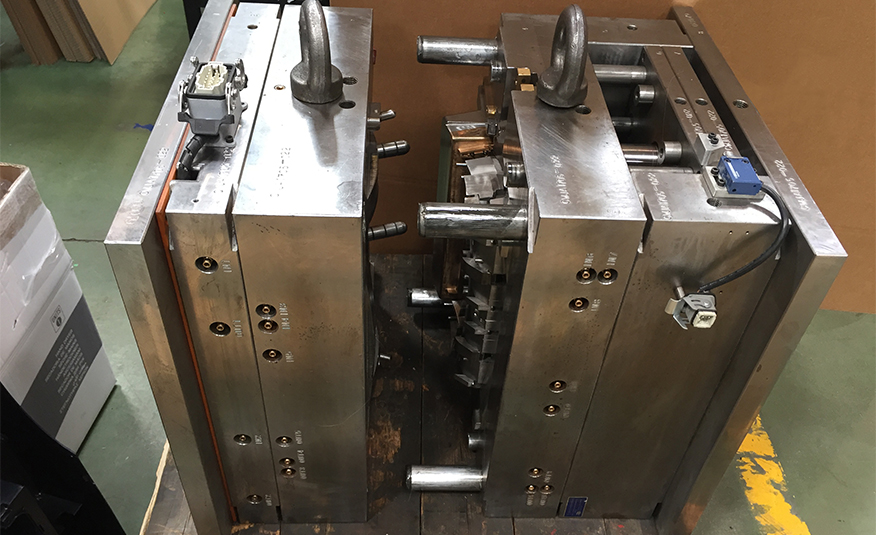
7D Dimension - Mass Production, Life and Death of the Product
Once the tools are functional, we enter the mass production phase. Production usually starts with a ramp-up of quantities, which allows us to refine all the production details until we reach the mass production rate.
It should be noted that, at this point, the Technical Office is no longer involved in the project and will not intervene again, unless new product improvements are made or production problems arise, which inevitably happens in all projects. Therefore, our main objective during the 2D, 3D and 6D Dimensions is to minimise any potential problems that could occur during the lifetime of the product as much as possible.
Finally, any product will continue to be manufactured until it is discontinued. Moreover, the fact that a product is discontinued does not mean that it disappears from the company's production line, as there is a period of time in which complete products are not produced, but spare parts for them are.
Antoni Travesa
Technical Office Manager at Mediclinics S,A.


